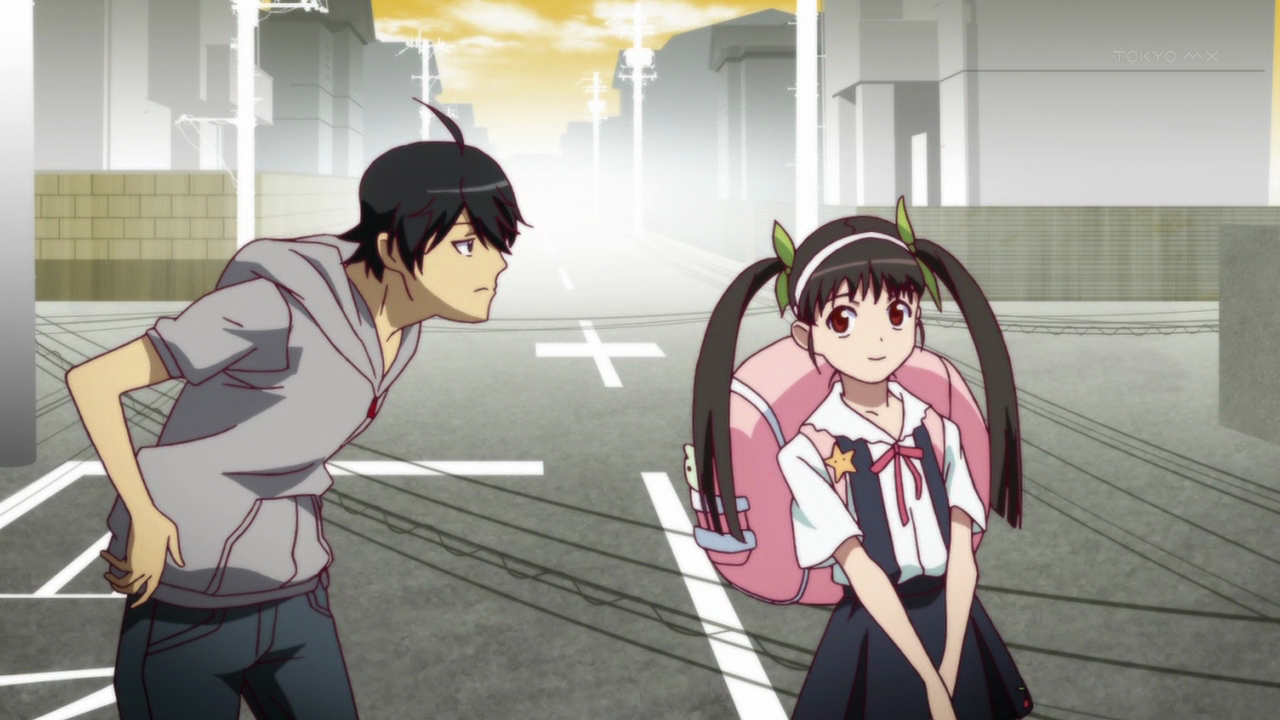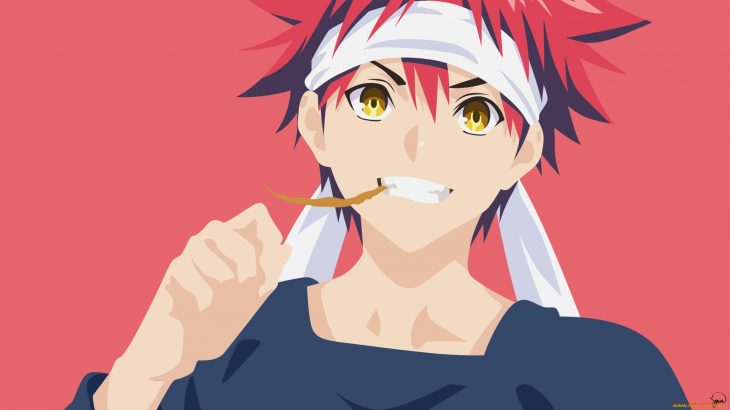Anime is probably the most popular form of animation in the world. The number of animated films released annually that can be classified as anime is comparable to the total number of films released worldwide. This success is no coincidence – unlike most animated products, anime is designed not so much for children’s audiences, but for teenagers and adults on https://telegram-store.com/catalog/product-category/channels/anime.
The history of anime begins in the XX century, when Japanese filmmakers begin the first experiments with the techniques of animation invented in the West. Osamu Tezuka, often called “the god of anime and manga,” was the founder of the modern anime tradition, laying the foundations for what later evolved into the modern anime series. For example, Tezuka borrowed from Disney and developed the manner in which he used the large eyes of characters to convey emotion; it was under his guidance that the first works that can be classified as early anime arose.
In its nearly century-long history, anime has come a long way from the first experiments in animation to its current immense popularity around the world. Over the years, anime plots, became more and more complex, the problems discussed more and more serious. As a result, the 1990s and 2000s were a time of widespread recognition of anime outside of Japan. “Akira” and “Ghost in the Armor 1” released in 1995, which combined traditional animation and computer graphics for the first time, became famous all over the world. In 1997, the full-length anime film Princess Mononoke grossed $160 million in Japan.
The number of anime fans as well as occasional viewers increased many times over. At the same time in Japan, technology for creating and rendering anime continued to improve: studios switched to computer graphics, actively using three-dimensional animation. From children’s animated films of the early 20th century, Japanese animation has evolved into a culture that creates diverse, serious and funny, emotional and naive works for teenagers, children and adults.
Facts about anime
Japan did not have a socialist revolution. Instead, they began creating animated films in 1917.
The word “manga” was coined by the famous artist Katsushika Hokusai in 1814 for a series of his prints. It means “grotesques,” “strange (or funny) pictures,” so the term “manga” refers exclusively to Japanese comic books.
“Anime” is Japanese animation. The word “anime” itself is nothing but a Japanese abbreviation for English animation, and the term itself appeared relatively recently. Before that, the expression “manga-eiga” (“comic book movie”) was used, which is still used by anime lovers of the older generation.
As you know, in Japan they read from right to left. Manga are read from right to left all over the world.
The use of characters’ large eyes to convey emotion was not invented in Japan. Osamu Tezuka, the man considered to be the founder of the anime tradition, did not deny the fact that he borrowed the technique from Walt Disney.
The longest anime series “Sazae-san” started in 1969 based on the manga by Machiko Hasegawa and is still running. Several generations of Japanese have grown up watching the adventures of Sazae and her family.
It is believed that the first anime that Soviet audiences saw were Ghost Flying Ship and Puss in Boots.
The most famous and titled anime director in the world is Hayao Miyazaki. He is also the only anime director to win an Academy Award. At the 62nd Venice Film Festival he won the Golden Lion for his contribution to world cinema.
The director, who won the Oscar for Best Animated Short Film this year, hails from Japan. His name is Kunio Kato. He made a great cartoon, but it is not an anime.
International anime connoisseurs respect Russian television for the fact that the “Sailor Moon” series was shown with the only censor correction: at the moment of the homosexual declaration of love the translator added the chaste “…as a father” to the phrase “I love you”. But it is more likely that the Japanese (uncensored) version, rather than the American one (censored), was shown just because of the peculiarities of distribution, and not because of the TV functionaries’ keen sense of aesthetic justice.
